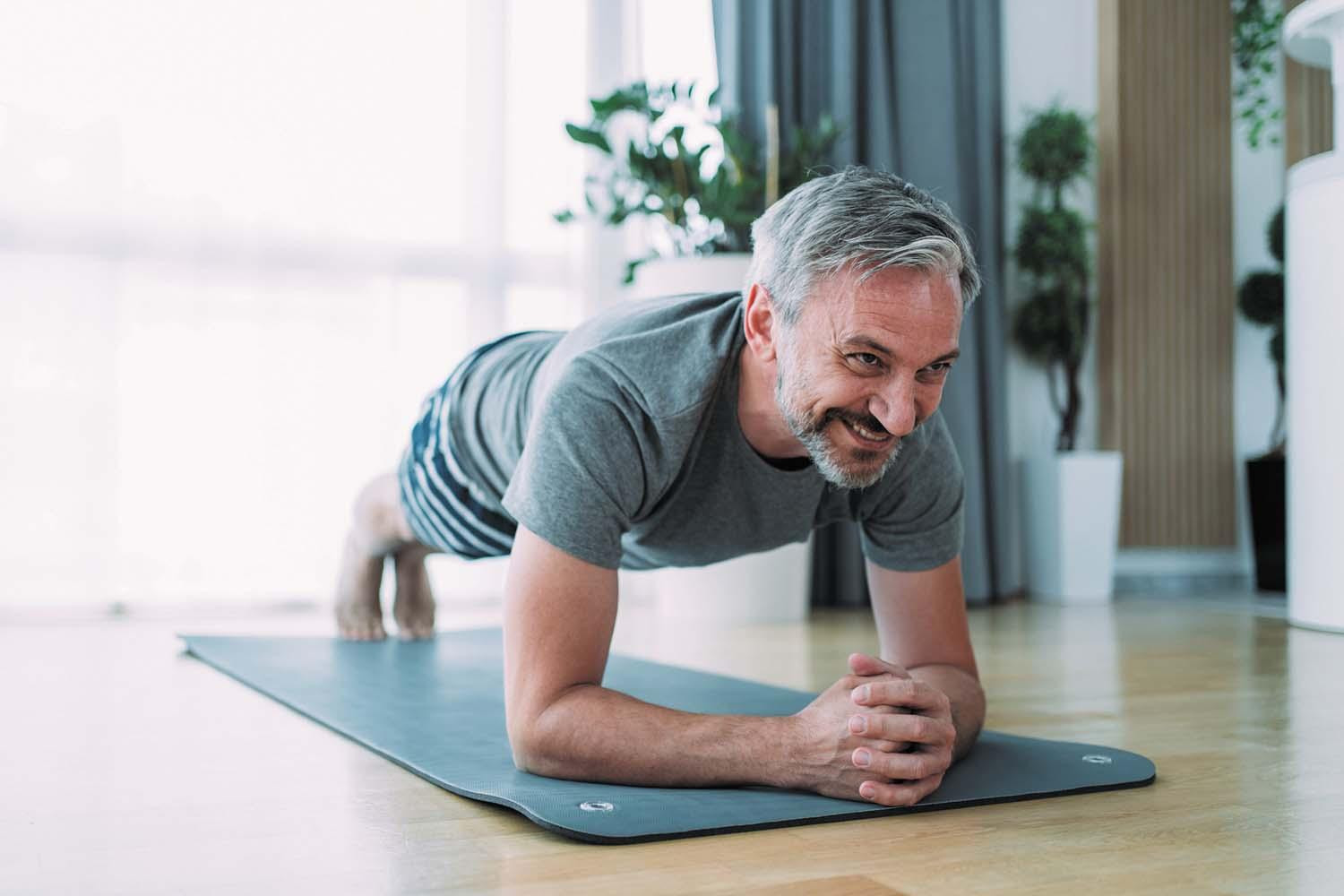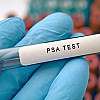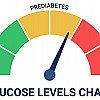Are you headed for a fall?
Here are some tests that can help determine your risk.
- Reviewed by Howard E. LeWine, MD, Chief Medical Editor, Harvard Health Publishing; Editorial Advisory Board Member, Harvard Health Publishing

People often don't realize they're at high risk for falling until after they've taken a tumble. But how can you tell if you're what health professionals call a fall risk? Studies have shown that three abilities are essential for fall prevention: optimal postural strength, good balance, and flexibility in the calves and hips.
To see how you stack up in these key areas, here are several tests recommended by Janice McGrail, a physical therapist with Harvard-affiliated Spaulding Outpatient Center Braintree. "How well you perform can highlight weaknesses that you then can then address with a personal trainer or physical therapist," she says.
Postural strength
Your abdominal, back, and shoulder muscles work together to keep your body upright and maintain good posture. "If you are weak in these areas, it could make it more difficult to regain your balance if you begin to slip," says McGrail.
Plank. How long you can hold a plank pose indicates postural strength. Here's how to do it:
- Lie face-down with your forearms on the floor, legs extended, and feet together. You can use a mat or towel to make this more comfortable.
- Push into your forearms as you raise your body to form a straight line from your head and neck to your feet. (Do not let your hips rise or sag.)
- Take steady, even breaths. Hold for as long as possible while maintaining good form.
For the average person, holding a plank pose for less than 30 seconds can indicate poor postural muscle strength. Holding the pose from 30 to 60 seconds is deemed average. The goal is to hold a plank for at least one minute.
Balance
Good balance allows your body to maintain stability and quickly adjust to changes in posture or sudden movements. McGrail uses several tests to assess someone's balance. Here are two she recommends. For both, stand near a kitchen counter or other sturdy surface for support if needed.
One-legged stand. Stand with your feet side by side and arms by your sides. Keeping one foot firmly planted, lift the other foot at least 12 inches above the ground. Without lowering your raised foot, using any support, or raising your arms, try to remain in this one-legged position for at least 10 seconds. Repeat with the other leg. If you can't hold it that long or need to steady yourself, your balance needs improvement.
Heel-to-toe stand. Place one foot in front of the other so the toes and heel touch (like how you would measure distance on the floor) and try to stand without losing your balance for up to a minute or longer.
How to fall safelyYou can protect yourself from a fall injury by learning how to fall correctly. Practice the following sequence in slow motion until you can go through the movements naturally and get used to the sensation of falling. Use a thick, padded mat for safety. At first, try to practice with someone to assist you.
|
Flexibility (calves and hip)
Calf and hip flexibility help you walk with a steady gait instead of short, choppy steps that can increase your risk of tripping.
Knee-to-wall test. This gauges calf flexibility.
- Stand in front of a wall. Step forward onto your right leg and position your right foot so your big toe is one inch away from the wall.
- Keeping your right foot flat on the floor, bend your knee over your toes and touch the wall with your knee.
- If successful, move your foot back about an inch and repeat the movement.
- Keep moving the foot back until you can no longer touch the wall (or just barely touch it) without lifting your heel. Measure that distance between your big toe and the wall. Repeat with the left foot forward.
While the results can vary, ideally, a distance of four to five inches on both sides is considered normal, and less than that suggests calf tightness.
Thomas test. This measures hip flexibility. Lie on the floor with both legs extended. Bend your right knee and bring it to your chest. If the extended left leg lifts off the ground, this indicates left hip tightness. Repeat with the other leg to assess right hip tightness.
Image: © VioletaStoimenova/Getty Images
About the Author

Matthew Solan, Executive Editor, Harvard Men's Health Watch
About the Reviewer

Howard E. LeWine, MD, Chief Medical Editor, Harvard Health Publishing; Editorial Advisory Board Member, Harvard Health Publishing
Disclaimer:
As a service to our readers, Harvard Health Publishing provides access to our library of archived content. Please note the date of last review or update on all articles.
No content on this site, regardless of date, should ever be used as a substitute for direct medical advice from your doctor or other qualified clinician.
















